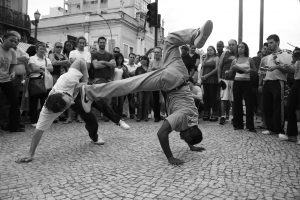
The Calling
Somehow, you’ve arrived here. Capoeira has called you. Make no mistake, it does not call out to everyone. You find yourself within eyesight or earshot of a roda (pronounced “hoda”, a circle of people where capoeira takes place) and have become transfixed on the jogo (game). Perhaps this experience was virtual, through television or YouTube. Maybe it was vicarious, via an exciting story a friend has told you. Whatever your exposure, you’ve begun to answer the call of capoeira.Capoeira can be very inviting: capoeiristas are watching games intensely, often with a smile. They’re singing their hearts out and anxiously awaiting their turn in the roda. Everyone looks friendly and close.
An athletically-inclined person might be drawn to the acrobatics and (sometimes rough) play in the roda. For the more musically adept, the strange instruments and singing might be a fresh, daring challenge. Even language junkies will relish in the intimate relationship capoeira has with Portuguese, the art’s lingua franca and the only language used for capoeira song lyrics.
Yet for these same reasons, capoeira can be very intimidating.
Well I’m here to help you get over your fears! Shortly after you begin your capoeira journey, you’ll look back and smile at those pesky feelings, designed to protect you but sometimes failing to help you grow in the most amazing ways. Capoeira can be anything you want it to be, and you’ll find that the more you give to it, the more it gives to you in return.
For now, let’s focus on getting you into your first class, where you can see and experience all of this for yourself!
5 Steps to Your First Class
-
Find a group or school.
If you’re a homebody or a go-getter who’s used to a DIY lifestyle, you’ll be tempted to find some online tutorials and YouTube videos to jumpstart your capoeira education. I remember buying a book years ago after seeing Only the Strong. I figured that after a few forum searches and some time in the backyard, I’d have a good feel for the art and maybe a cool kick or two. I was a little discouraged to find the same sentiment wherever I turned: you need to find a group. The essence of capoeira is in the jogo, and you’ll only find that in a roda with other capoeiristas. Capoeira is made up of many, many groups (grupos). A group contains one or more schools (academias) that share a history, style of play, and set of traditions. Most groups have schools in multiple cities—the big ones have schools all over the world! Every group has its own mestres, or masters of capoeira, that oversee the schools. At this point you shouldn’t be too concerned about which group you choose. Depending on your location, you might not have a choice. However, if you do, take advantage of multiple opportunities to visit and find a school that feels right.Finding a nearby group should be relatively easy. Google it! Most schools have an online presence these days, usually with a website and a Facebook page. Try the search terms, “capoeira near me” and “capoeira school”. Check out the class schedule and drop in for a beginner’s class if they offer one. Otherwise, any class will do. Capoeira teachers are incredibly accommodating to new students.
-
Bring a friend!
One of the best ways to begin your capoeira journey is to bring a friend with you to your first class. Or, maybe you’re fortunate enough to already have a friend who practices capoeira! Check your Facebook friends list.Not only will you feel much more comfortable having a familiar face by your side, but you’ll have someone to talk to later about your experience. They can help you decide if capoeira—and the school—are right for you.
-
Take or observe your first class.
I know what you’re thinking: “what do I wear!?”Easy: your most comfortable workout pants and t-shirt. If you are given specific recommendations from the group itself, follow them. Otherwise, I recommend not wearing a tank top, yoga pants, or shorts: these clothes are a bit too informal to wear to your first class. This is not a hard and fast rule, however; you can wear whatever you have and you’ll be fine, I promise. As for footwear, bring sneakers, but you may find yourself barefoot at some point. (Trim your toenails!)
More specifically, capoeira is usually practiced in a few different sets of clothes:
- Some groups have formal uniforms, usually all white, called abadás—you obviously don’t have these yet, and that’s ok! Depending on the group, they may or may not be necessary for everyday class.
- Then there are the street clothes, which can be specially-made, colored capoeira pants, or more mainstream-style Adidas pants, usually paired with a capoeira t-shirt (but it can be any kind of t-shirt or tank top). As the name implies, these are typically worn on the street and outside of the school, but some groups have no problem allowing these in class.
- Finally, you might see a capoeira angola (traditional style) group wearing clothes that appear to be more formal, the pants having pockets and looking more like slacks, and maybe even a shirt with a collar.
Now that you’re all dressed up, here are some things to keep in mind for your first class:
- Call, email, or Facebook message ahead of time to inquire about which class is most appropriate for you, and how much it’ll cost. This will also give the teacher a heads-up that you’ll be attending.
- Bring cash. If you were able to find a price, great. If not, I would bring at least $30. Ask someone prior to the start of class to be sure.
- The class may be taught by a mestre (master, male) or mestra (master, female), but it’s very possible the school is run by a graduated professor. It’s also possible that a class, especially for beginners, is taught by a high-ranking student. Whatever the case, you should treat your teacher with respect and attention at all times.
- Speaking of the teacher, I recommend arriving a bit early to introduce yourself to them before class. Chances are, they’ll see you as a new face and approach you, but if they are busy make sure to let them know you’re there and excited to try.
- If you have any injuries or severe limitations, feel free to mention these to the teacher before class starts. They may not tailor every exercise to your specific case, but at least they’ll know the deal when you need to opt-out or modify a movement. They may even offer alternative movements for you. Don’t be shy about this, it’s not uncommon, especially for those just starting out.
-
Do a little chatting.
Even if you did so before class started, patiently wait your turn and speak with the teacher after class, and the mestre or mestra if they are not one in the same. Let them know how you felt and thank them for helping you. This relationship is one of the most important you’ll have in capoeira, so start off on a good note. If you want to really impress, say “thank you” in Portuguese: it’s “obrigado” when men are speaking and “obrigada” for women.I’d also recommend making an effort to speak with the other capoeiristas in your class. This might happen naturally. I’ve always been approached and welcomed as a newcomer, and I make sure to do the same in my own group. Often you’ll find that someone else has only recently started taking classes as well—a.k.a. your new friend!
-
Make a schedule.
I remember how I felt after my first capoeira class: exhausted beyond belief and exhilarated. I was hooked.Take that feeling and run with it. Decide how often you can go to class each week and match that up to the school’s schedule. Add your capoeira classes to your calendar and stick with it! If you brought a friend with you, make your schedules work together.
Trust me, there are days when I can’t wait to get to class, and days when I am dreading it—never because of capoeira itself, but because other things in my life have sapped my energy and willpower. But there has never been single day that I’ve regretted going to class, and that’s not an exaggeration.
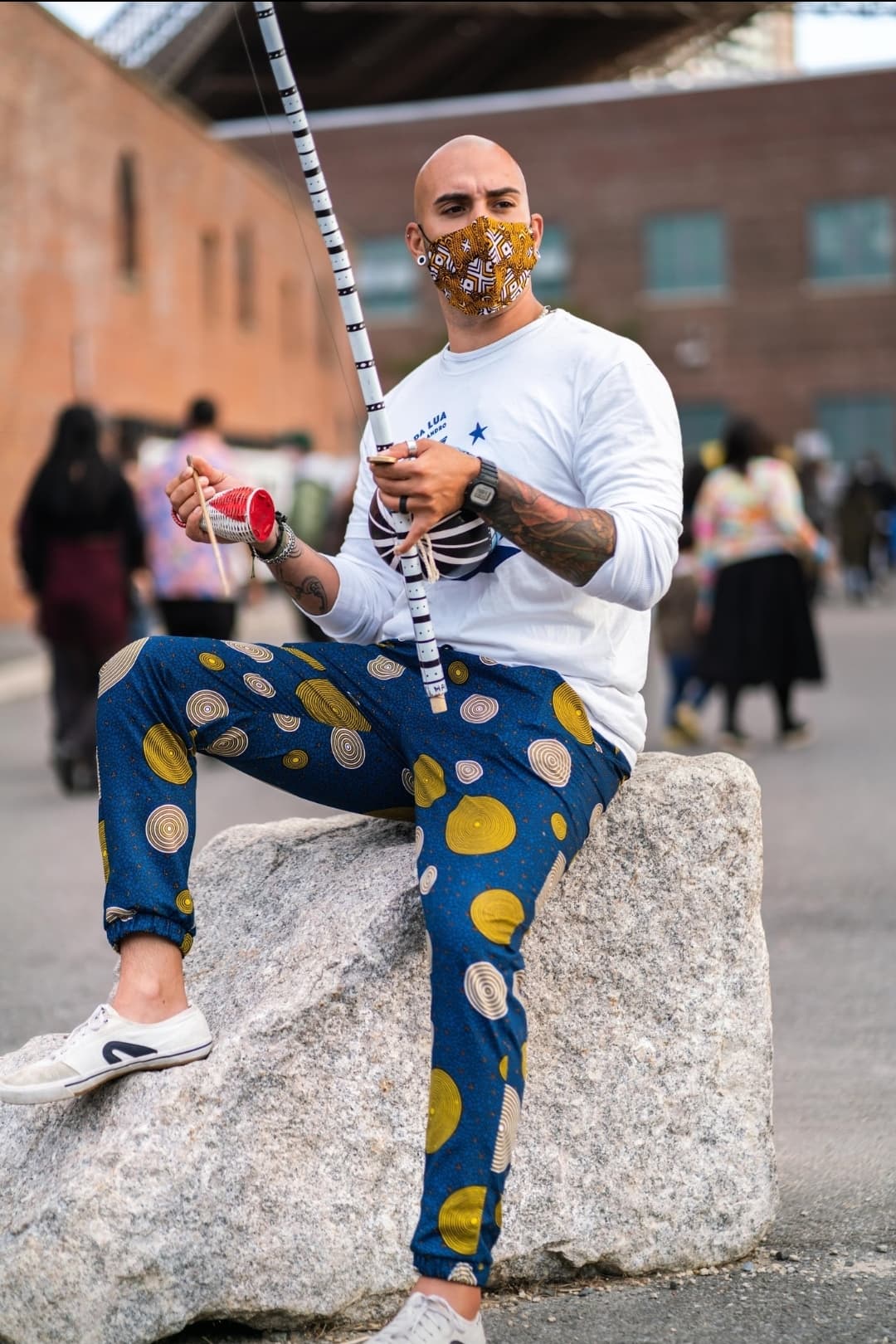
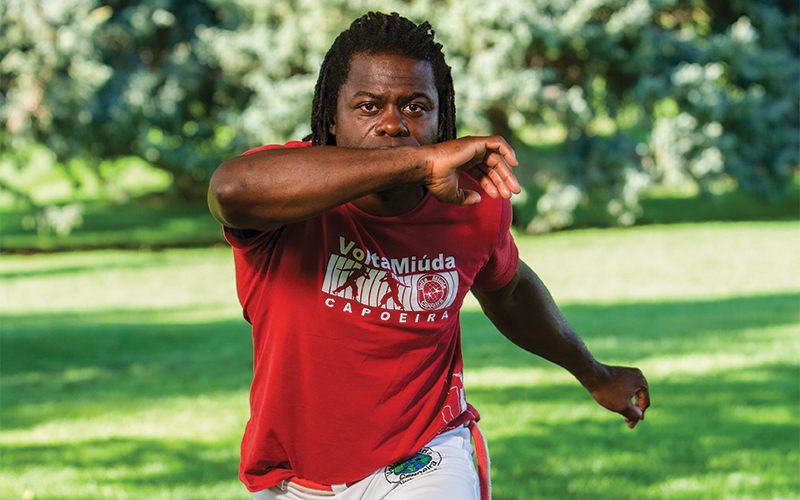
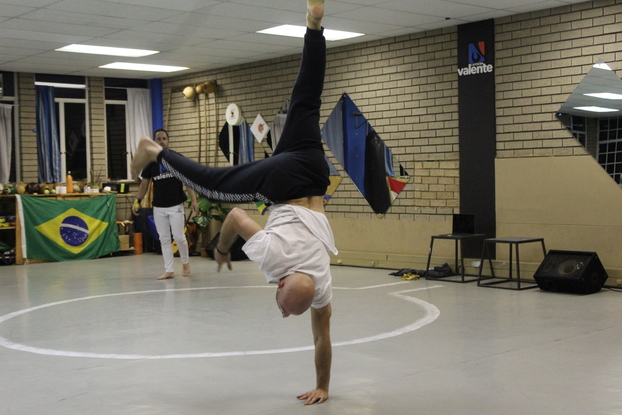
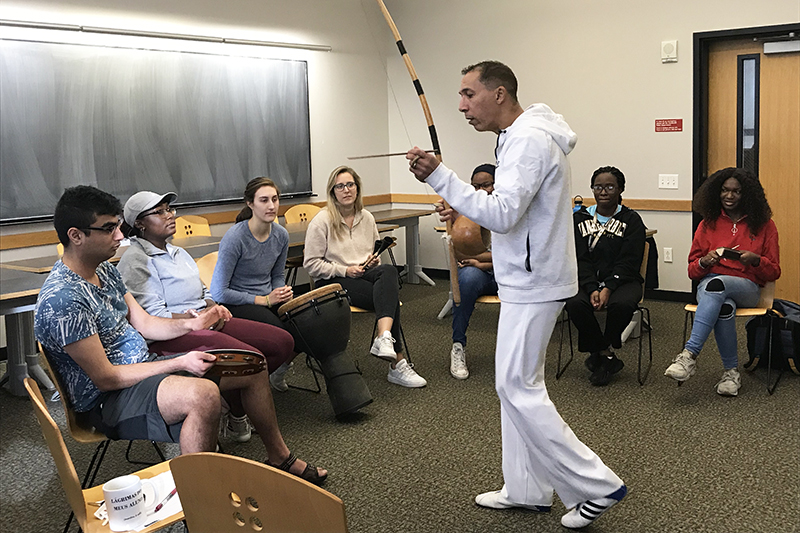
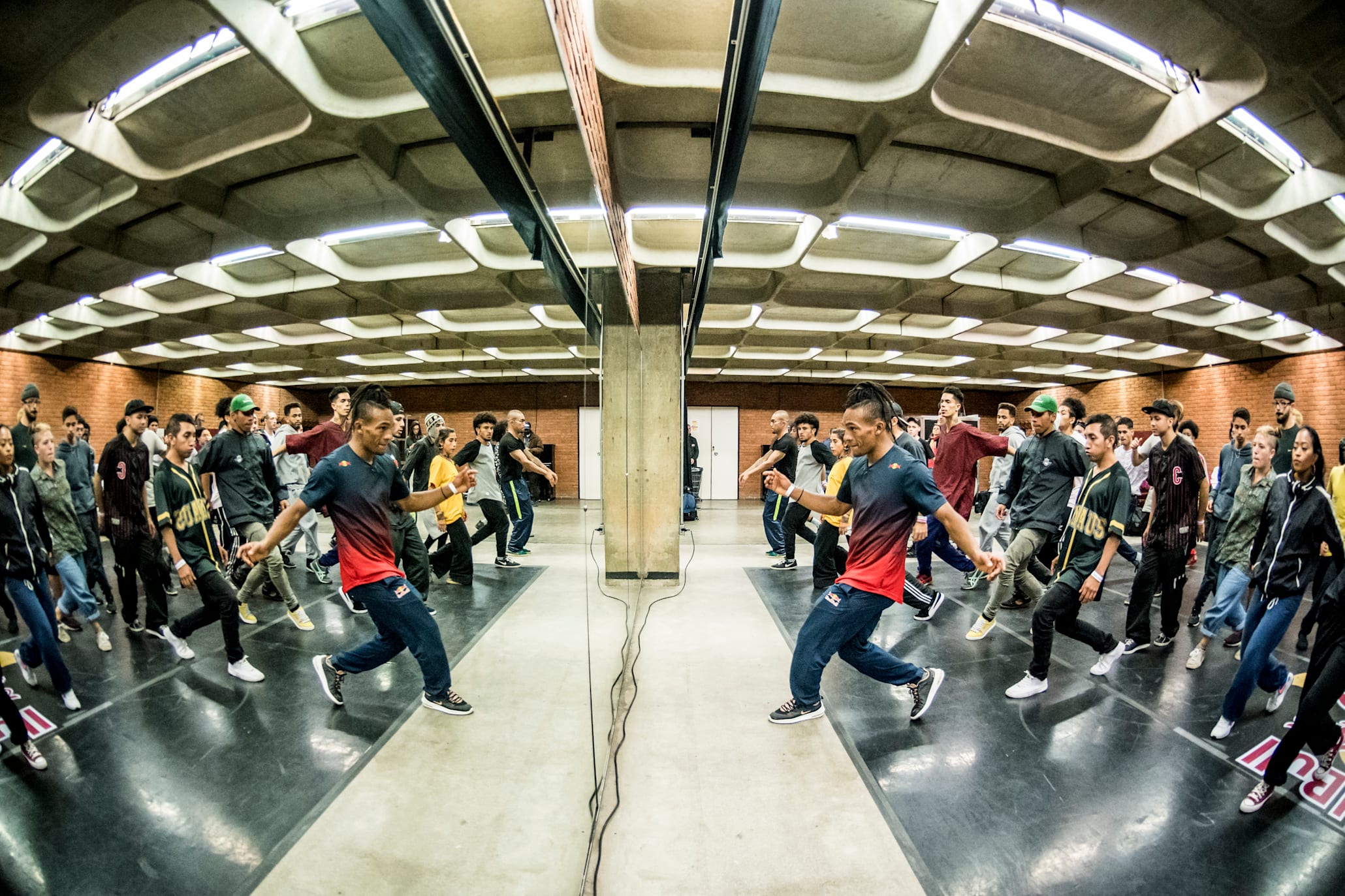

Share this post
Twitter
Google+
Facebook
Reddit
LinkedIn
StumbleUpon
Pinterest
Email